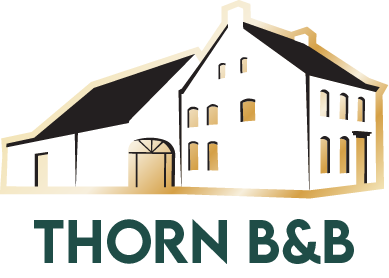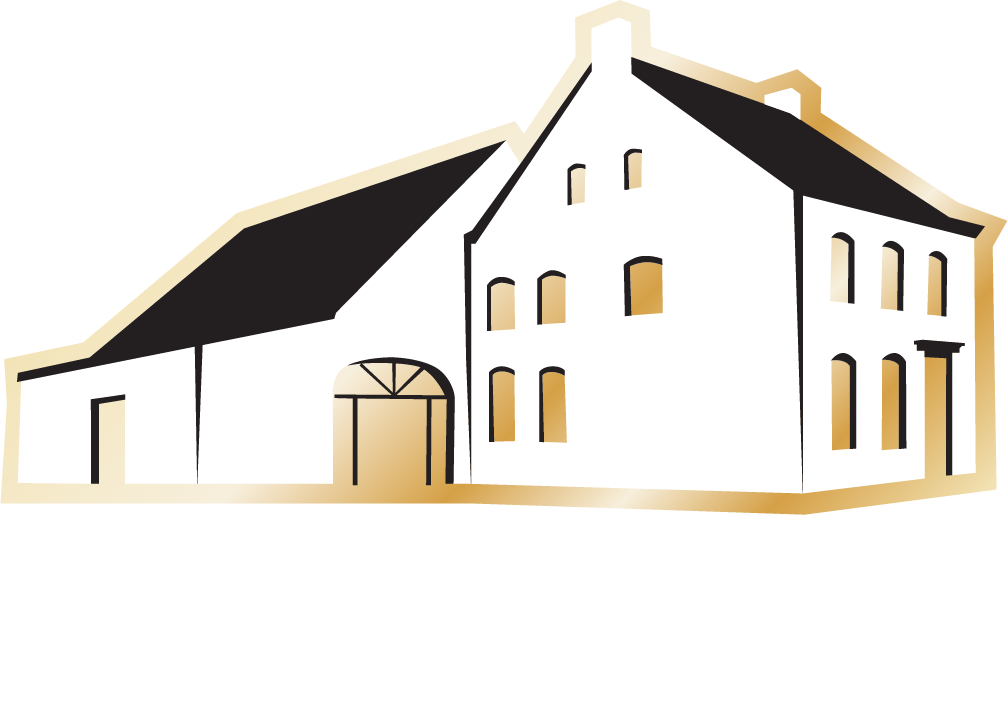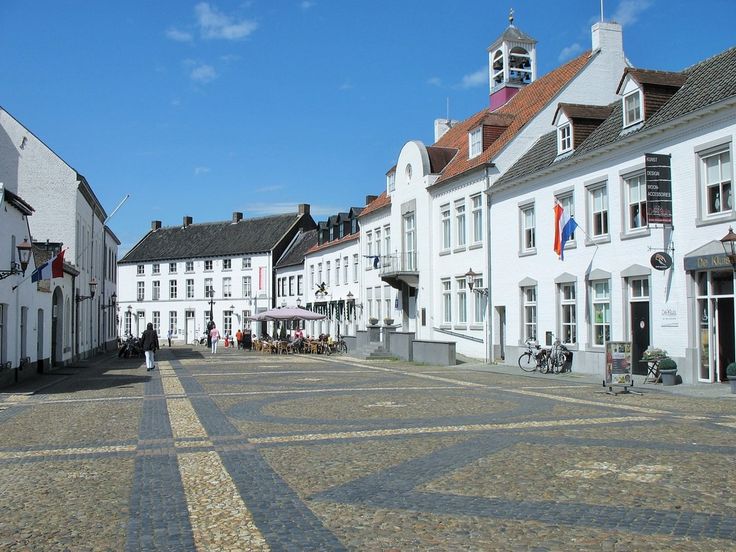
About our surroundings
There is plenty to do in the immediate vicinity of Thorn.
Within a 5 minute walk from our B&B you will find yourself in the historic center of the white town of Thorn, where it feels as if time has stood still. Here you can enjoy the picturesque narrow streets with the centuries-old white buildings and the impressive abbey church.
Here you will also find various shops, cozy restaurants and terraces, where Limburg hospitality predominates. The abbey church, Beguinage, the Museum or Chapel under the Linden are certainly also worth a visit.
By arrangement, you can also attend the rehearsal of one of the two harmonies on Sunday morning or perhaps there will be something to see in the open-air theater during your visit.
Just outside Thorn you can enjoy walking and cycling in the beautiful nature around the Maasplassen, there are many walking and cycling routes in the area. Enjoy all the beauty that the Limburg landscape has to offer.
Around the Maasplassen you can also sail, fish, sail on a tour ship or simply relax by the water. There are also a number of golf courses nearby.
The cities Roermond, Weert and Maaseik (BE) can be reached within a 10 minute drive, here you will find theaters, cinemas, museums and extensive shopping opportunities.
Eindhoven and Maastricht are within a distance of approximately 30 minutes by car and also the German border is reachable within a 20 minute drive.
With all these possibilities, our centrally located B&B is a unique base from which to explore the region.
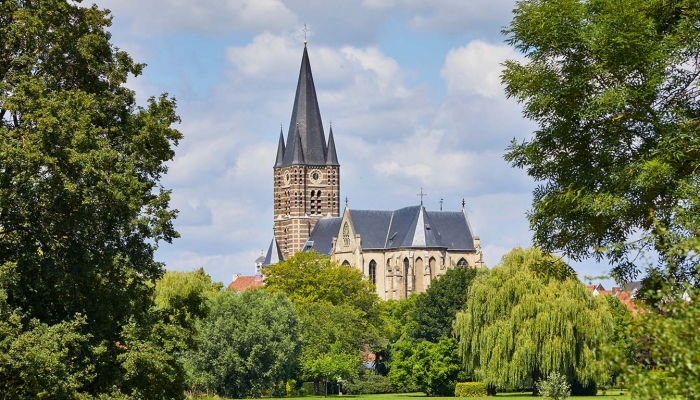
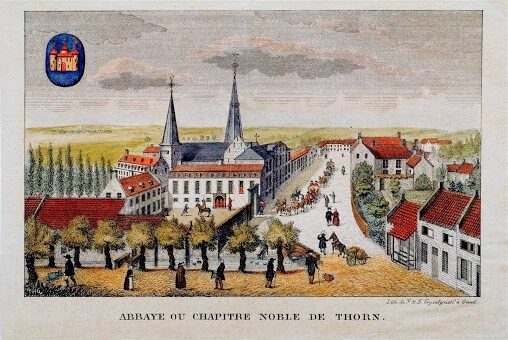
The origins of Thorn
Around the year 990, Count Ansfried and his wife Hilsondis founded a monastery on the spot where the abbey church still stands. Their daughter Benedicta later became the first abbess of the abbey.
In the following centuries, Thorn grew into a center for unmarried women of high nobility (only ladies who could prove that they were nobility for at least 4 generations of both parents (16 quarters) were admitted. Here they received education in, among other things, etiquette, dance, literature and were prepared for marriage. The monastery itself was officially recognized as a principality around 1150, making it the smallest sovereign state in the Holy Roman Empire, where only women attended. Thorn had its own jurisdiction and its own currency at that time.
This remained so until Napoleon's occupation in 1794. The noble ladies fled (mostly back to Germany), leaving only the poorer inhabitants in Thorn. These people often worked for the ladies in the pen and now had no income. They moved into the large comfortable houses that were now empty. At that time, Napoleon levied taxes based on the size of the windows. Poor people who had gone to live in the large, remaining houses with large windows could not pay this tax at all. So they decided to brick up the windows and whitewash the houses so that it wouldn't be so noticeable. This is how the large buildings got their characteristic white color.
